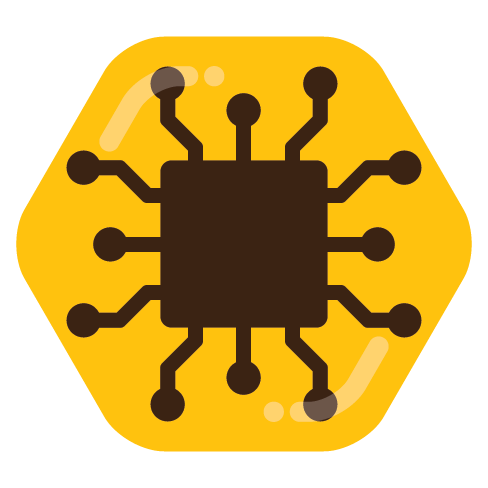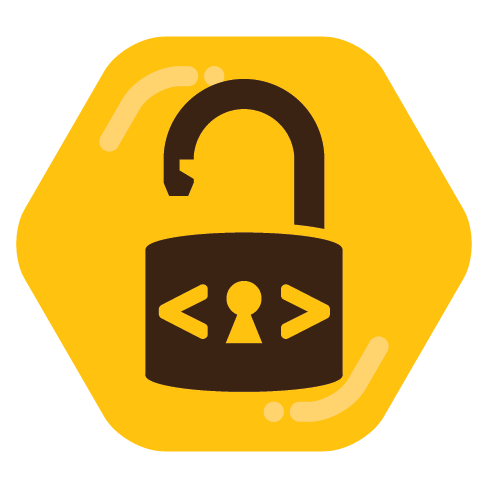

Yeah, I was prescribed them when I was younger (The wonders of living in a state that still doesn’t fluoridate the water supply). They were small little red pills that you had to chew on and then rub the “paste” on your teeth with your tongue.
Imagine basically dehydrated toothpaste, had a chalky texture, not the greatest.







Also fewer syllables, which apparently has a noticeable impact.